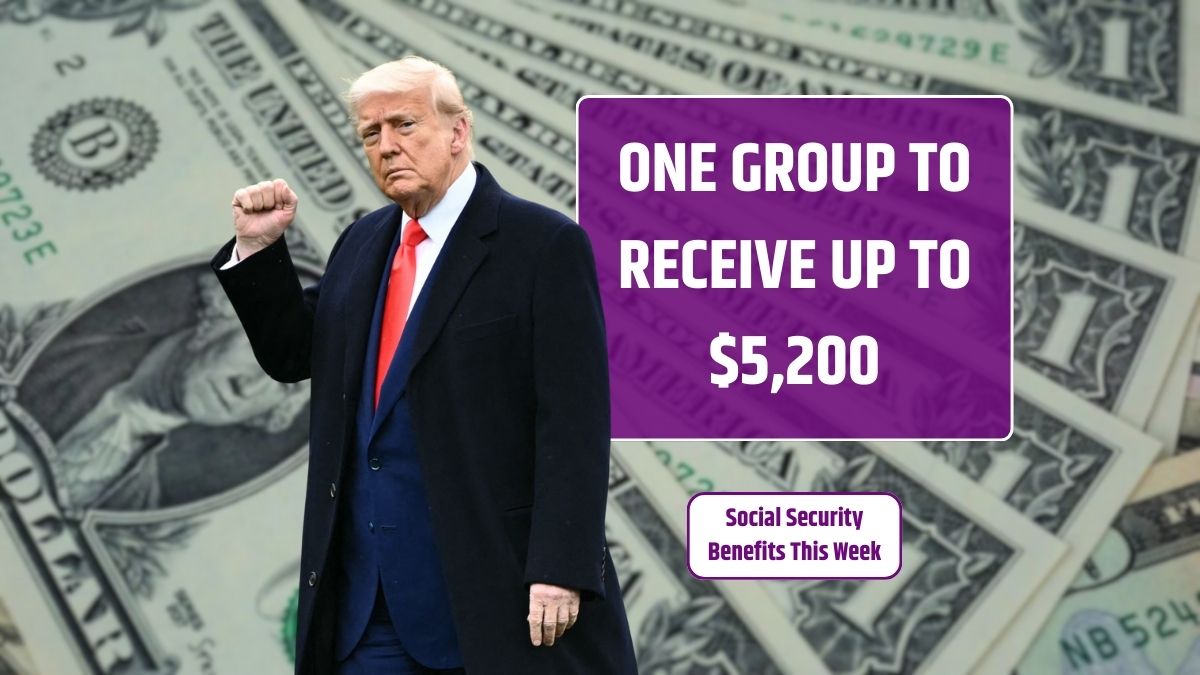If you’re a Social Security recipient with a birthday between the 21st and 31st of the month, you could be receiving your payment in just four days. And if you’ve met all the right conditions, your benefit could hit a whopping $5,200. Sounds nice, right? But before you start planning what to do with that money, let’s break down how this payment works, who qualifies, and what to watch for in the coming months.
Table of Contents
Payments
Social Security benefits go out to around 70 million Americans every month, managed by the Social Security Administration (SSA). The majority of recipients are retirees, but the SSA also supports those in the Supplemental Security Income (SSI) and Disability Insurance programs.
Now, here’s how they roll out the payments:
| Birthday Range | Payment Date |
|---|---|
| 1st–10th | Second Wednesday monthly |
| 11th–20th | Third Wednesday monthly |
| 21st–31st | Fourth Wednesday monthly |
This month, that fourth Wednesday falls on August 27. So if your birthday is between the 21st and 31st, keep an eye on your bank account.
Eligibility
Not all Social Security benefits are created equal. Who qualifies and how much they get depends on the specific program and personal financial circumstances.
For retirement benefits, the SSA looks at your work history. How long have you paid into Social Security through taxes? When did you decide to start claiming benefits? If you retire early—say at 62—you’ll get smaller checks. But if you hold off until you’re 70, your monthly amount could be significantly higher.
SSI and Disability payments have stricter income limits. These programs are designed for people with limited financial resources or those who are unable to work due to a disability. If your income exceeds certain levels, your benefits could be reduced or cut entirely.
Maximum
Let’s talk numbers. Some recipients could see payments as high as $5,108 this week. But getting the max payment isn’t easy. You have to meet several key criteria:
- You paid the maximum taxable earnings into Social Security for at least 35 years
- You waited until age 70 to begin claiming benefits
- You have a strong earnings history
If you didn’t delay claiming until age 70, you’re unlikely to qualify for the full amount. That’s why planning your retirement date can make such a huge financial difference in the long run.
Timing
Mark your calendar for another key date: October 15. That’s when the SSA will announce the Cost-of-Living Adjustment (COLA) for 2026.
The COLA is important because it helps your benefits keep pace with inflation. Every year, the SSA reviews price trends to adjust benefit payments accordingly. If inflation is high, your benefits may go up more. However, a lower COLA means prices have been more stable—which can actually be a good sign for your daily expenses.
Strategy
So, what can you do if you’re nearing retirement and want to maximize your benefits?
First, try to work as long as possible, especially if you’re earning a good salary. Your benefit is calculated based on your top 35 years of income, so every high-income year helps. Second, delay taking your benefits until age 70 if you can. That delay gives your monthly payment a boost. And finally, stay informed about changes like the COLA—because even small adjustments can add up over time.
Whether you’re receiving benefits this week or planning for your future, it’s worth knowing how the SSA system works. A little knowledge now could mean a lot more money later.



